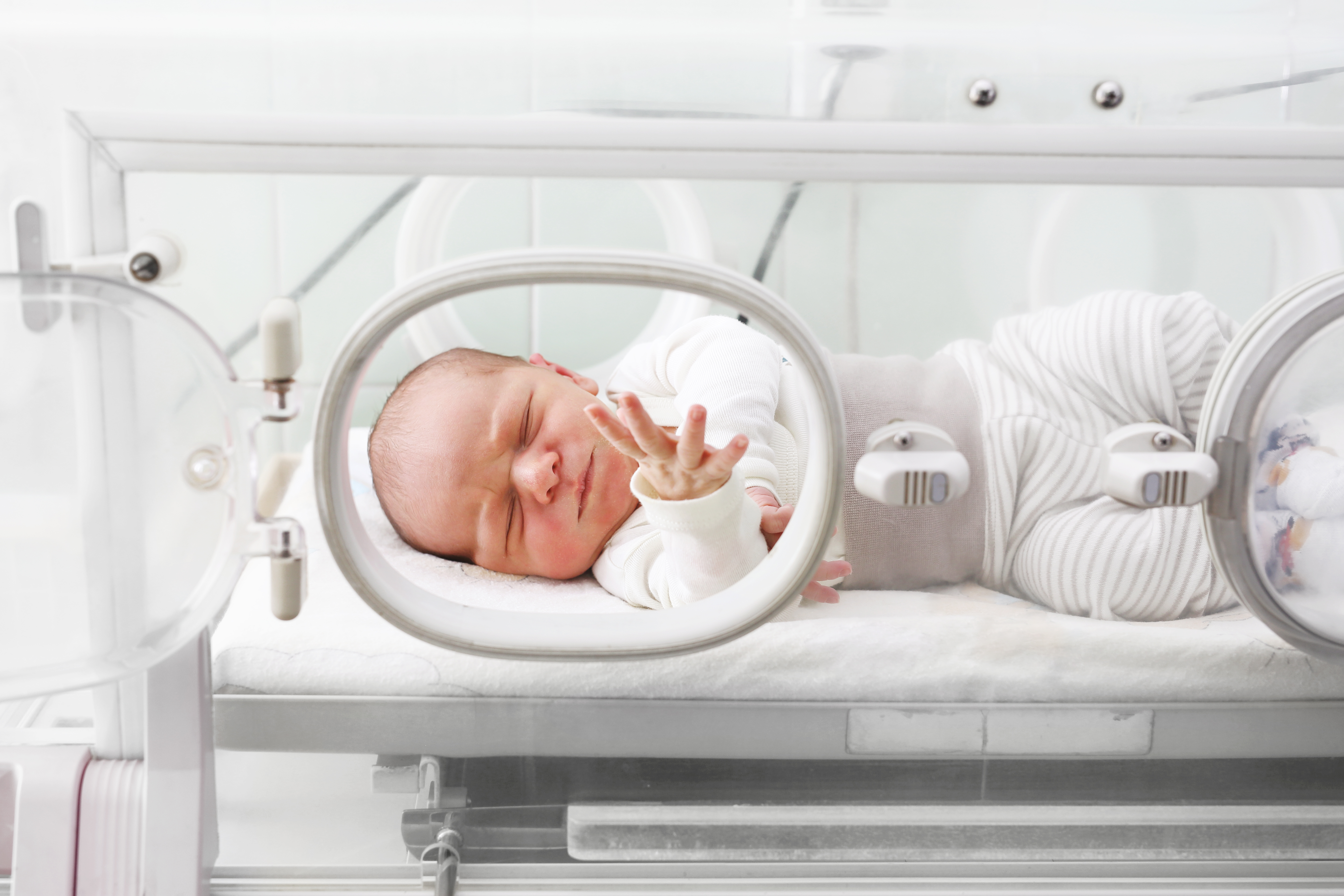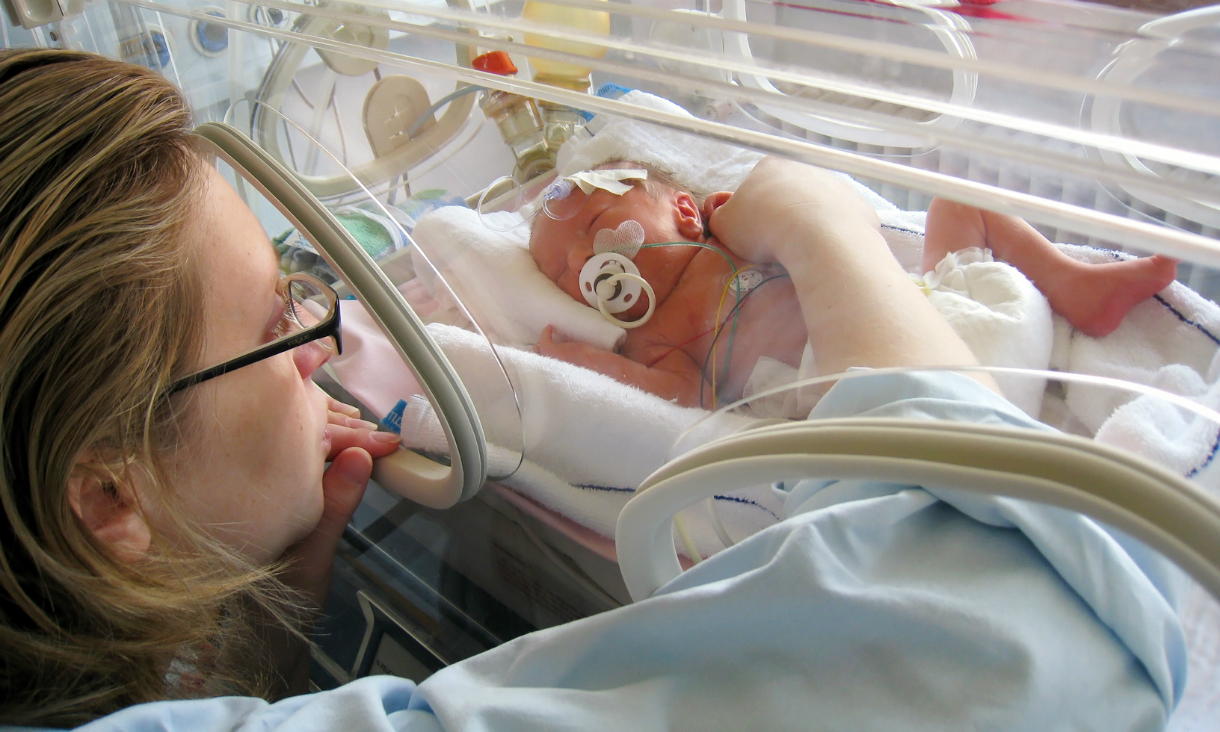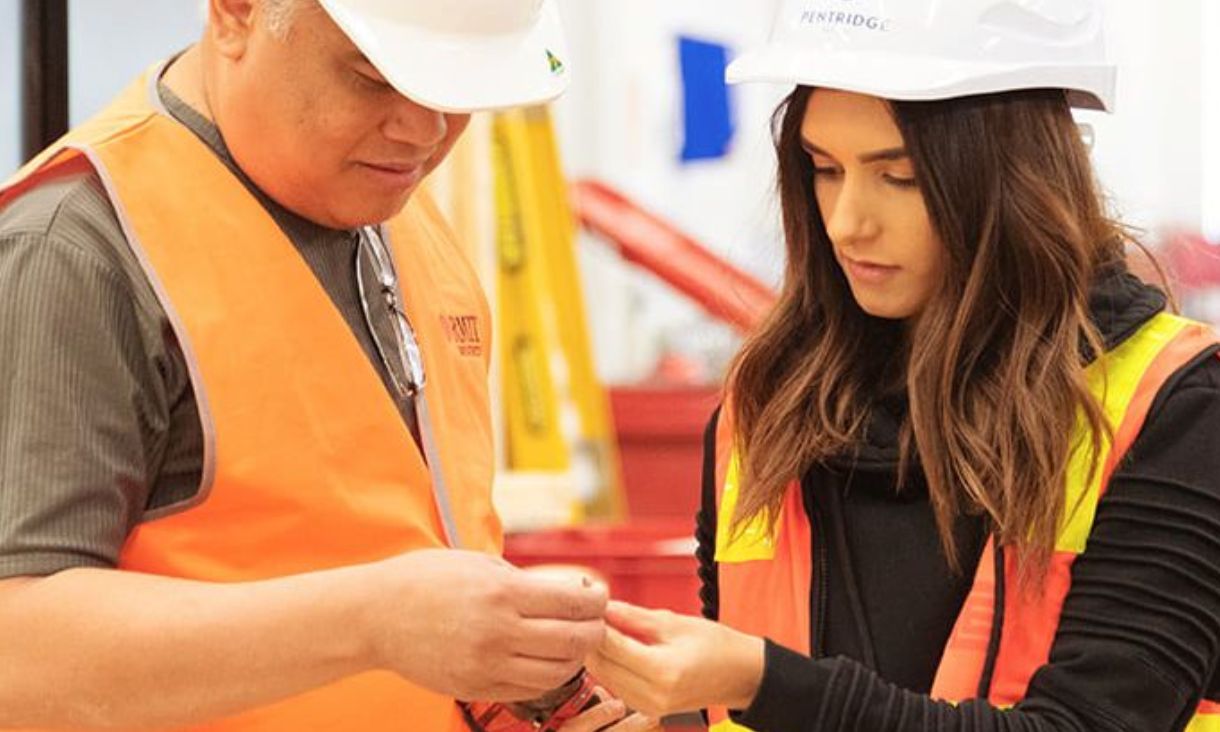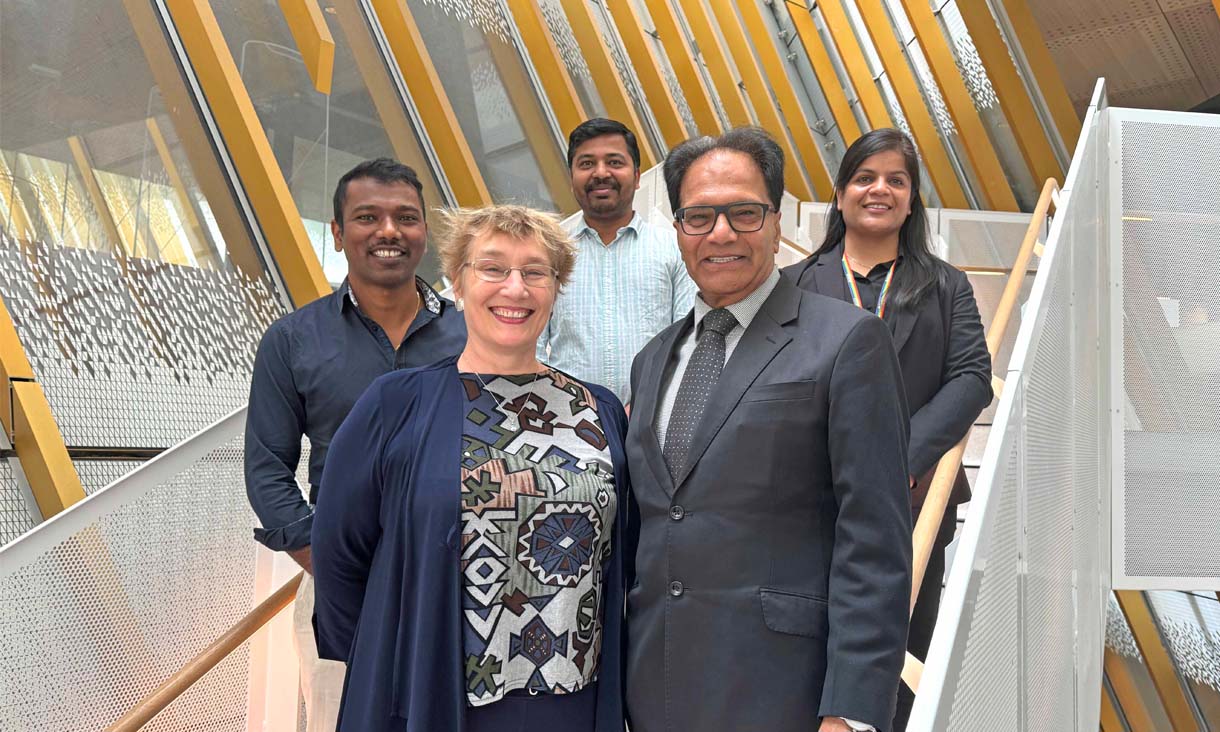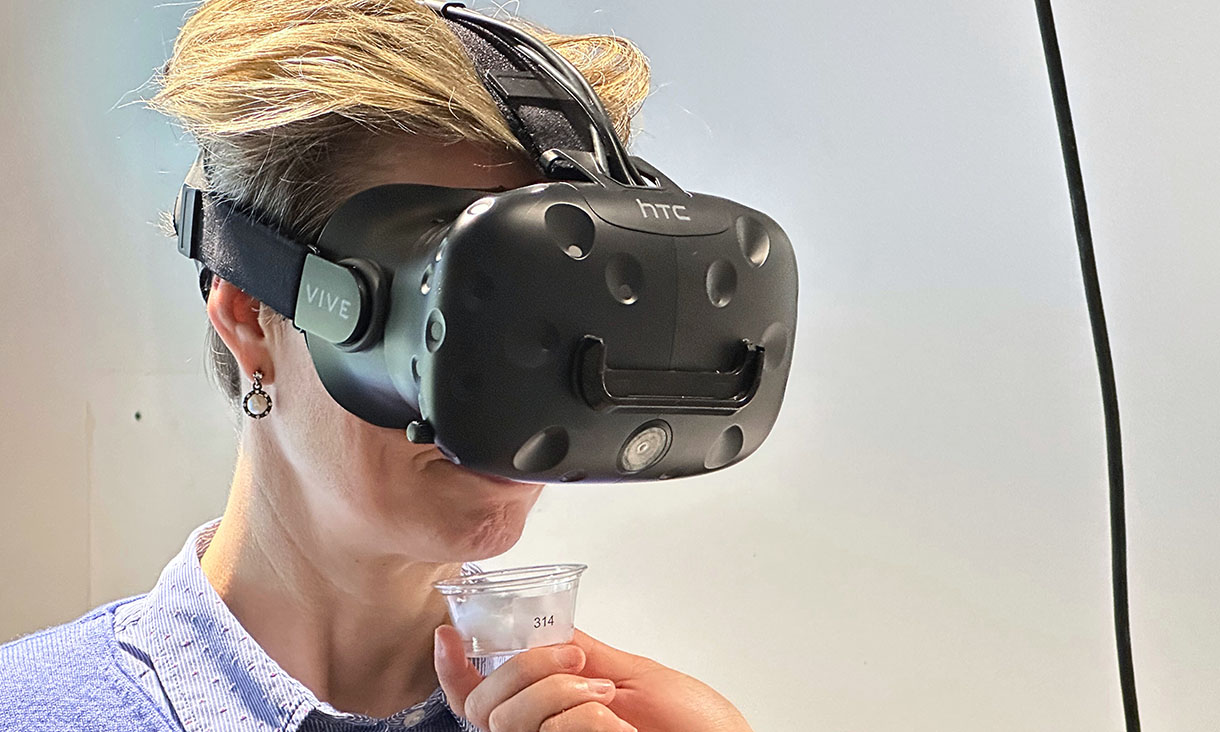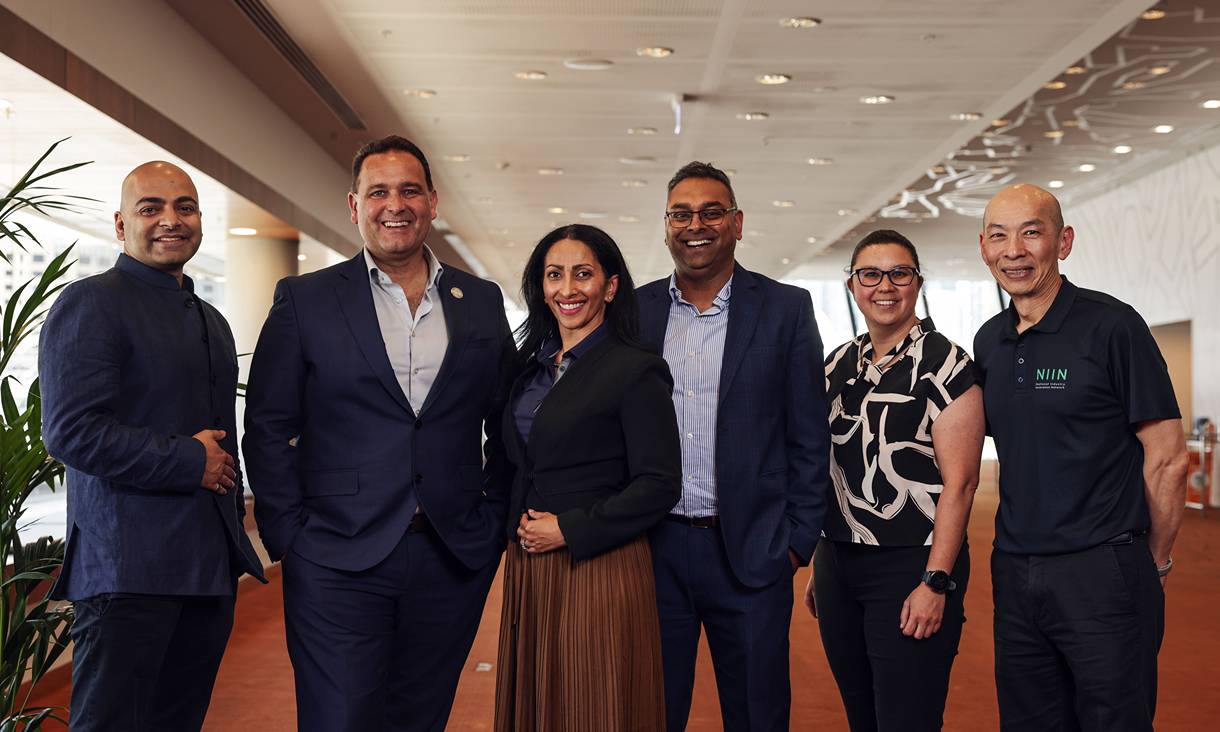But birth asphyxia is only one of a number of foetal brain injury and prevention projects in the Neurodevelopment in Health and Disease research program that Walker leads at RMIT.
Another key area is foetal growth restriction, a condition that affects 5-10% of babies and is a major risk factor for cerebral palsy.
Associate Professor Mary Tolcos has spent over 20 years looking at the impact of poor foetal growth on brain development.
“When a baby is growing too slowly it is often born too early and both of these factors significantly disrupt or delay how myelin develops,” Tolcos, an ARC Future Fellow and Vice-Chancellor’s Senior Research Fellow, says.
In their search for ways to repair damaged white matter in growth-restricted babies, Tolcos and her research team have honed in on something called DITPA.
Known in the trade as a “synthetic thyroid hormone analogue”, DITPA essentially has the same effect on the body as thyroid hormone, which is important for healthy development of white matter.
To get thyroid hormone from our blood into our brain we need a specific transporter. Scientists have recently learned that this transporter is deficient in babies with foetal growth restriction.
“The exciting thing is that DITPA doesn’t need the transporter’s help, it can go direct,” Tolcos says.
“So if a baby hasn’t got enough transporter, treatment with DITPA could in future help us deliver thyroid hormone into the brain, where it needs to be for healthy white matter growth.”
Early tests on pre-clinical animal models are showing promising results, with the administration of DITPA for the first 6 days after birth increasing the amount of myelin and causing no adverse effects.
A recently awarded grant from the National Health and Medical Research Council (NHRMC) will support further trials, with hope of progressing the research to clinical trials down the track.
Microglia – supervisors and scavengers
Looking in another direction, Dr Bobbi Fleiss focuses on the one in 10 babies – or 15 million globally each year - that are born too early.
A Vice-Chancellor’s Research Fellow, Fleiss is investigating ways to support the healthy functioning of a cell that’s critical both to how the brain develops and how it responds to a premature birth.
Premature birth can be caused by the baby and mother’s response to an infection, such as influenza, and premature babies are also vulnerable to sickness early on in life.
“Microglia are not only the ‘boss cells’ in inflammation, which is the brain’s response to infection, but they are also key managers of brain development,” she says.
“Microglia drive inflammation to make sure that cellular debris and dead neurons get eaten up after injury.
“They also act like supervisors, sending other cells where they need to go in the brain as it’s developing.”
When a baby is born too early, it’s often because of exposure to inflammation, and this can turn microglia into “bad guys”, driving an intense inflammation response.
“It’s this form of exaggerated inflammation that leads to further injury in the baby’s brain, as microglia go into hyperdrive,” Fleiss says.
“As well as damaging the brain with their hyperactivity, the microglia are diverted from their usual task of brain building.
“The holy grail is a drug that can tune down the damaging inflammation response following premature birth, but still enable the microglia to keep going in their role as ‘good guys’ in supervising brain development.”
Fleiss is targeting a signalling pathway in microglia, looking for ways to modulate it so that the cells become neuroprotective, in a project recently awarded funding from the Cerebral Palsy Alliance Research Foundation.
Having been embedded in clinical research units in previous research roles overseas, Fleiss is passionate about the importance of translating work on pre-clinical animal models to address clinical problems and deliver clinical solutions.
“When you work with people who see pregnant women every day, and struggle to keep little babies alive and healthy, it drives home that what I am doing is to help mothers, their babies and their extended families,” she says.
“At that point, you really get it. Imagine if there’s a family waiting downstairs to know what will happen to their baby, and the neonatologist doesn’t have enough information to ensure that baby will have a good outcome.
“This is what tells me we need to know more, we need to understand more!”
